Last year, Hansen bought 63,500 m2 of land and announced plans for a further investment of 140 million euros to double production capacity and expand R&D facilities. They also unveiled blueprints for a 65,000-m2 wind turbine gearbox plant in Tamil Nadu, India.
Where to Begin? A Template for Starting Operations in India
Despite the new ownership, day-to-day operation has changed very little for Hansen Transmissions.
“There was always a clear understanding that Hansen will continue to operate independently of the Suzlon Group,” says Brems. “When Suzlon bought us, they were not yet a customer of Hansen. We worked very hard to develop prototypes and gain Suzlon as a new customer. So there are two relationships at play here between the two organizations, one as an owner—but that is interfaced through a board of directors—and the second relationship of Suzlon as a customer, which is based on terms similar to other customers.”
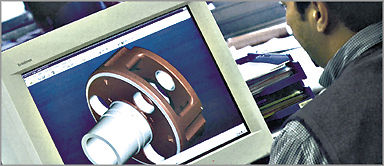
Components are still entirely manufactured in Belgium, although this will change as production in India is ramped-up in the coming years. Where the partnership has paid off is in Suzlon’s access to Asian markets and high profile in the wind energy world. While numerous European companies have assembly centers in India, none can benefit from Suzlon’s wind energy network as well as Hansen.
This aside, India is geographically well situated to any business seeking access to the Asian market.
Although Hansen was partnered with India’s most prominent wind turbine name, hiring in this particular niche of the industry was somewhat of a challenge. Brems elaborates: “The good thing is that we’ve undergone heavy expansion in the past five years. I feel we have a good template for hiring. When we built the second factory in Belgium, we faced the task of hiring and training 300–400 people. At a very early stage, we realized that recruitment was going to be our greatest challenge. One idea that proved very successful was to undertake a lot of advertising and TV time promoting Hansen and reporting the progress of our factory and the wind energy business. What also worked well was going to local technical schools and organizing a contest, allowing local students to participate. We were looking for metalworkers and went to schools asking for a metal sculpture relating to energy and renewable energy. We ended up with 15 schools participating, held the drawing and an independent panel of
judges decided upon the best three entries. We found employees that way and also exhibited all the winning objects in our factory.”
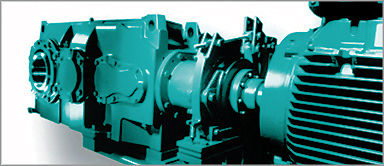
It was hard enough to find workers in Belgium, but the factory in India provided an entirely different set of challenges. Hansen was a step ahead of the game in that they had the relationship with Suzlon, who organized travel, found temporary offices, dealt with administration, helped find contractors and introduced Hansen to recruiting teams. Ultimately, Brems said, India has a different culture and the company anticipated difficulty with language barriers, time zones, etc.
Overcoming these obstacles was not as hard as one might think. Brems pointed out that language-wise, India is much easier to deal with than, say, China. English is recognized as the business language of India, so Hansen has
never had to employ the services of a translator.
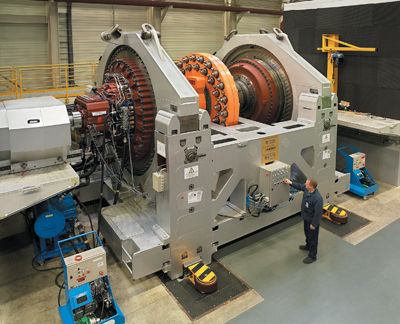
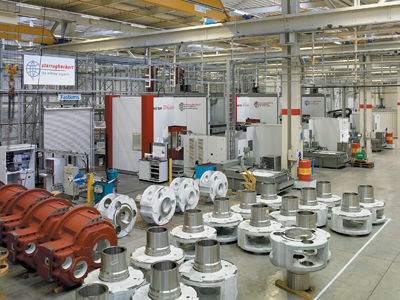







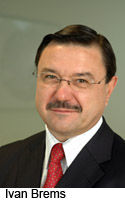 When establishing a global operation, hiring new people is only part of the job. Equally important is familiarizing the current employees in Belgium with the day-to-day realities involved in working with their Indian counterparts. To that end, Brems says Hansen has organized cultural training sessions for its European employees to create awareness of certain aspects of Indian culture such as the prevalence of vegetarianism and differences in religion. In the end, he hopes the entire operation comes together to expand the growth of the wind energy market.
When establishing a global operation, hiring new people is only part of the job. Equally important is familiarizing the current employees in Belgium with the day-to-day realities involved in working with their Indian counterparts. To that end, Brems says Hansen has organized cultural training sessions for its European employees to create awareness of certain aspects of Indian culture such as the prevalence of vegetarianism and differences in religion. In the end, he hopes the entire operation comes together to expand the growth of the wind energy market.
